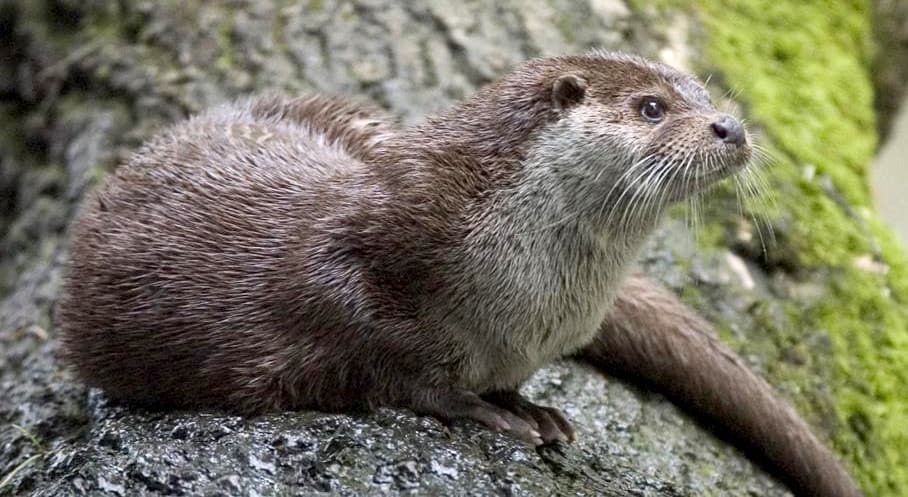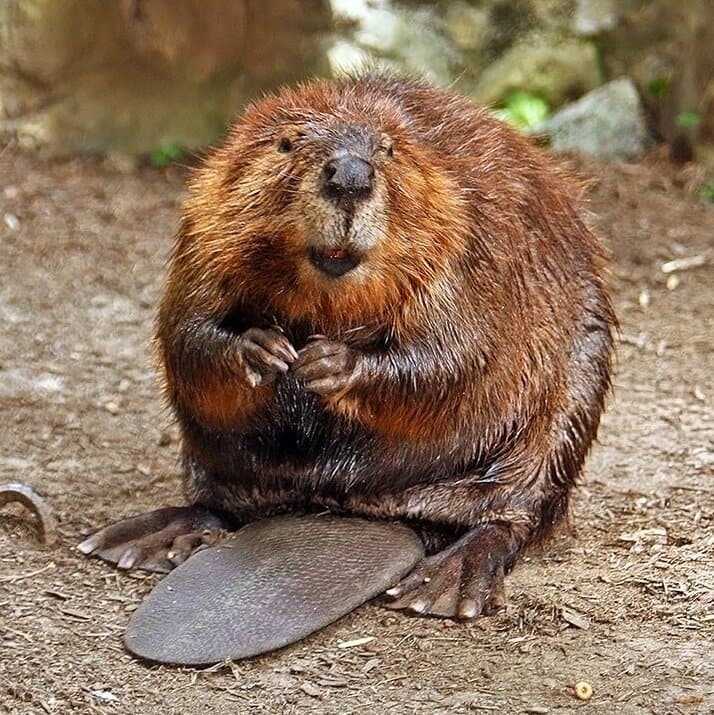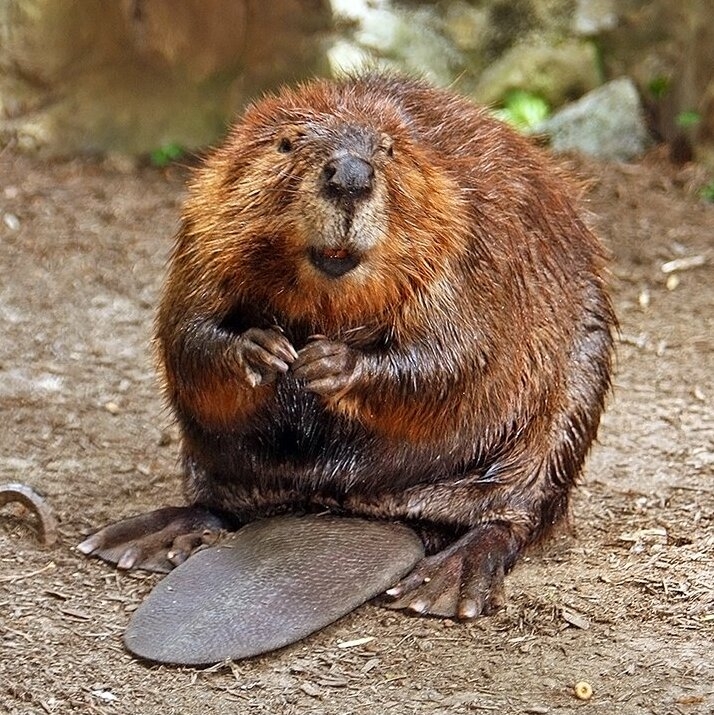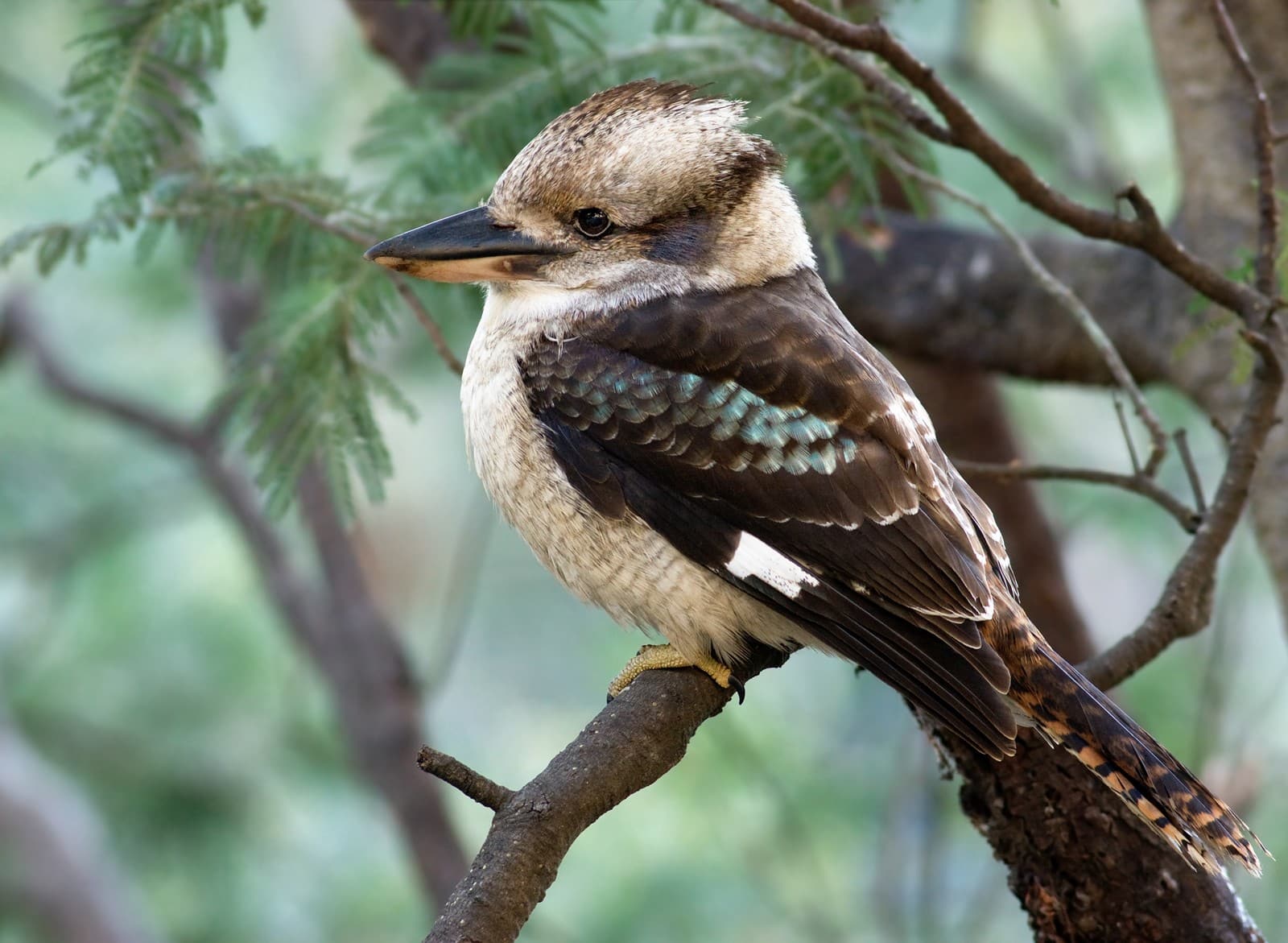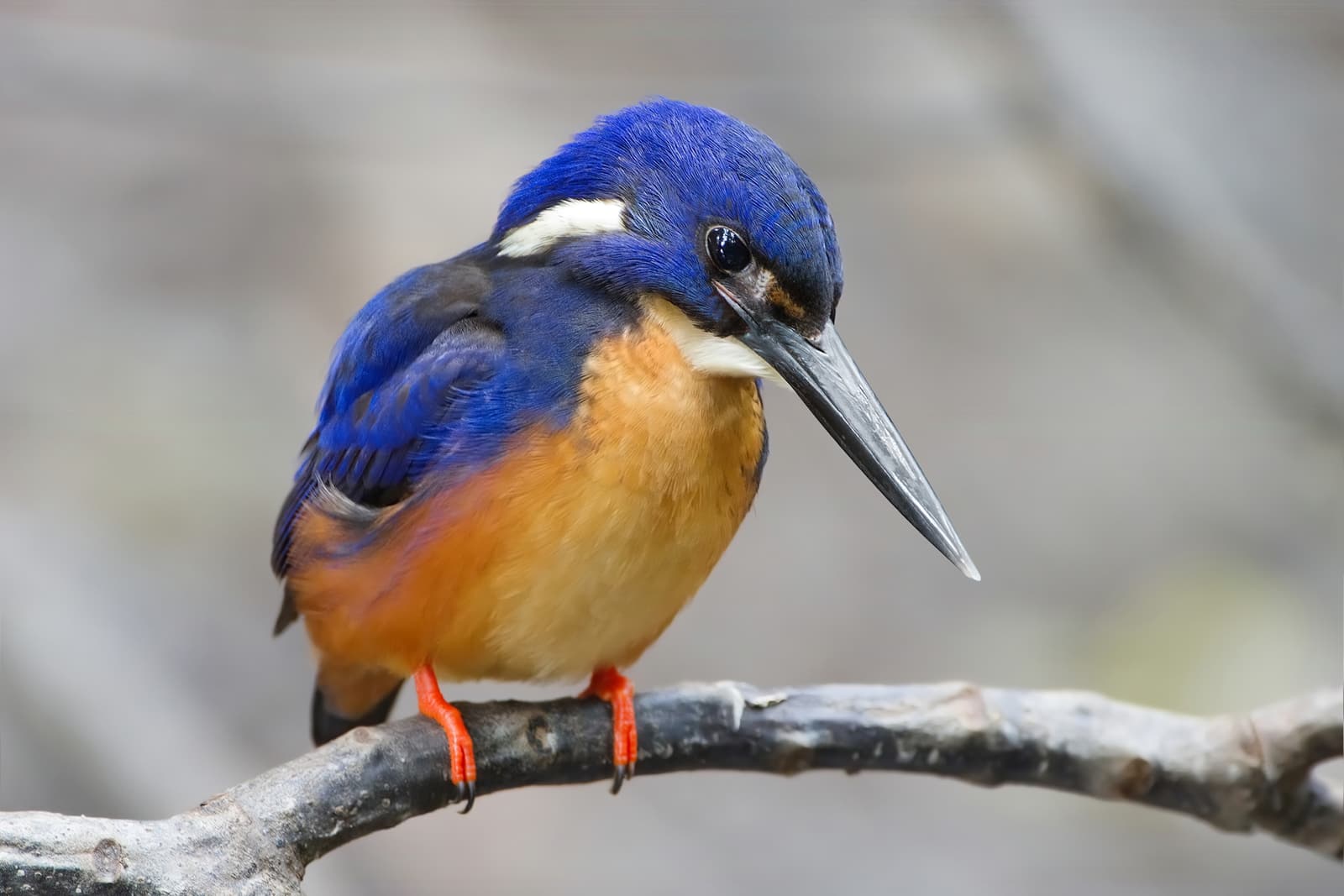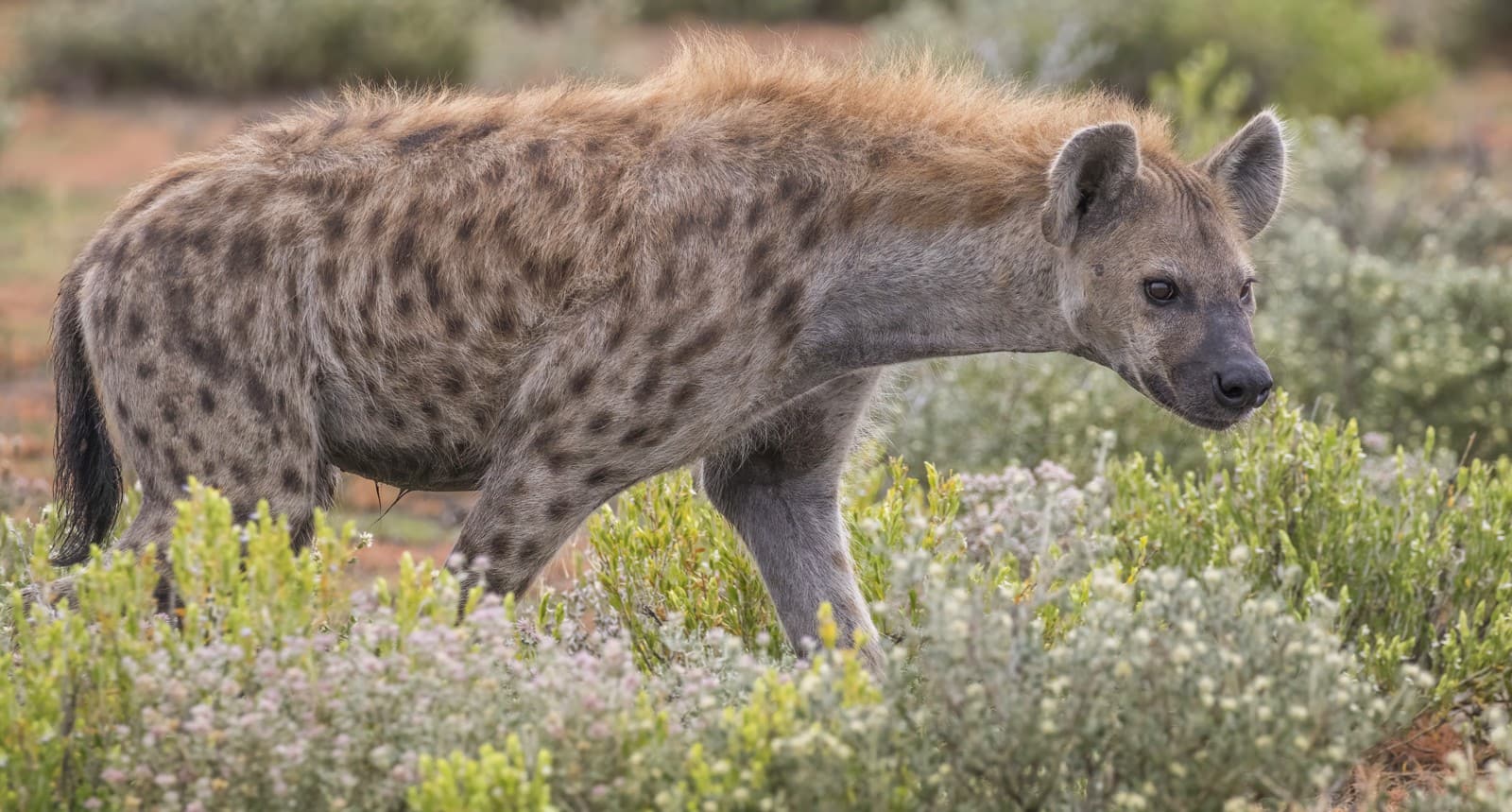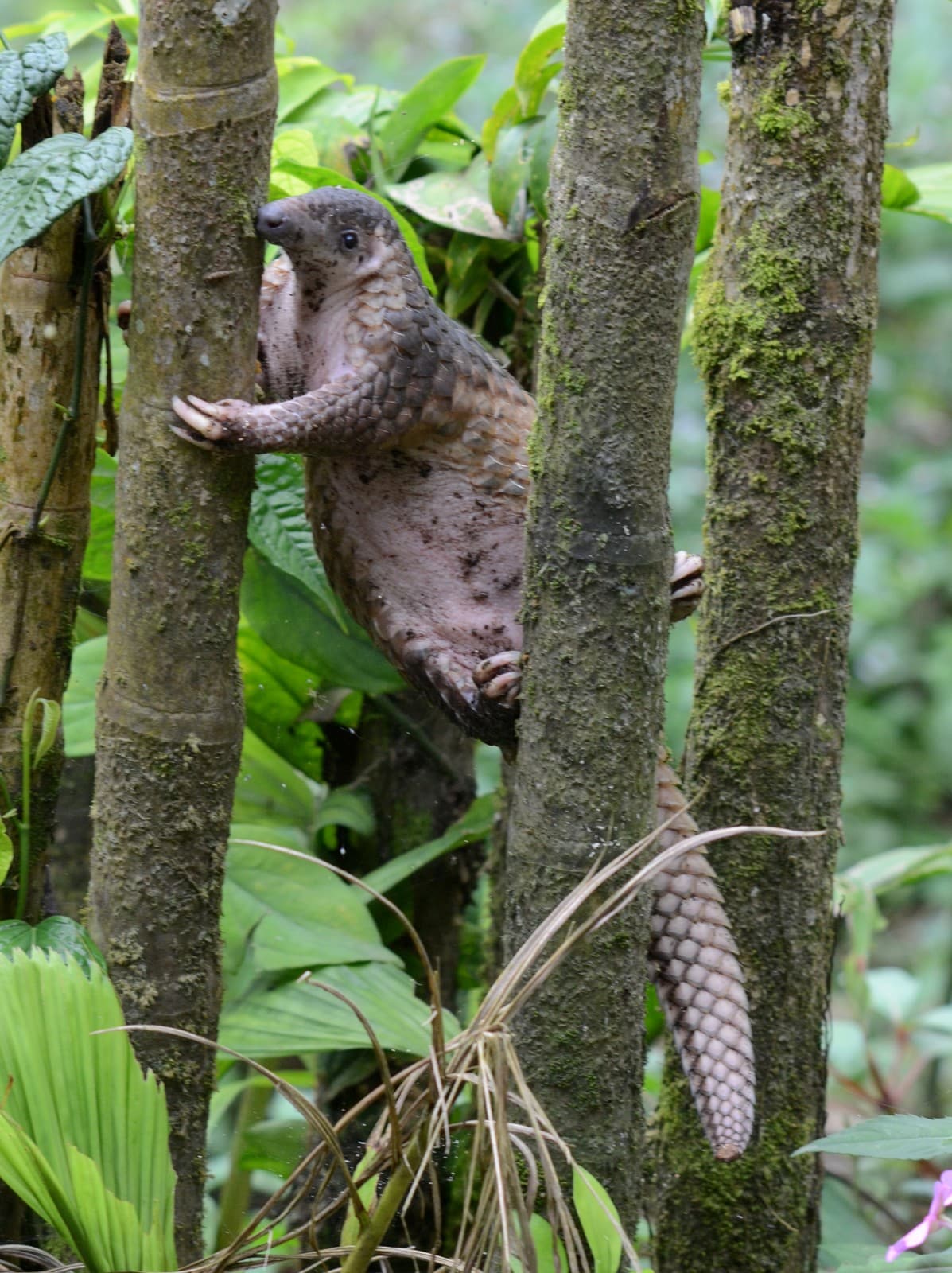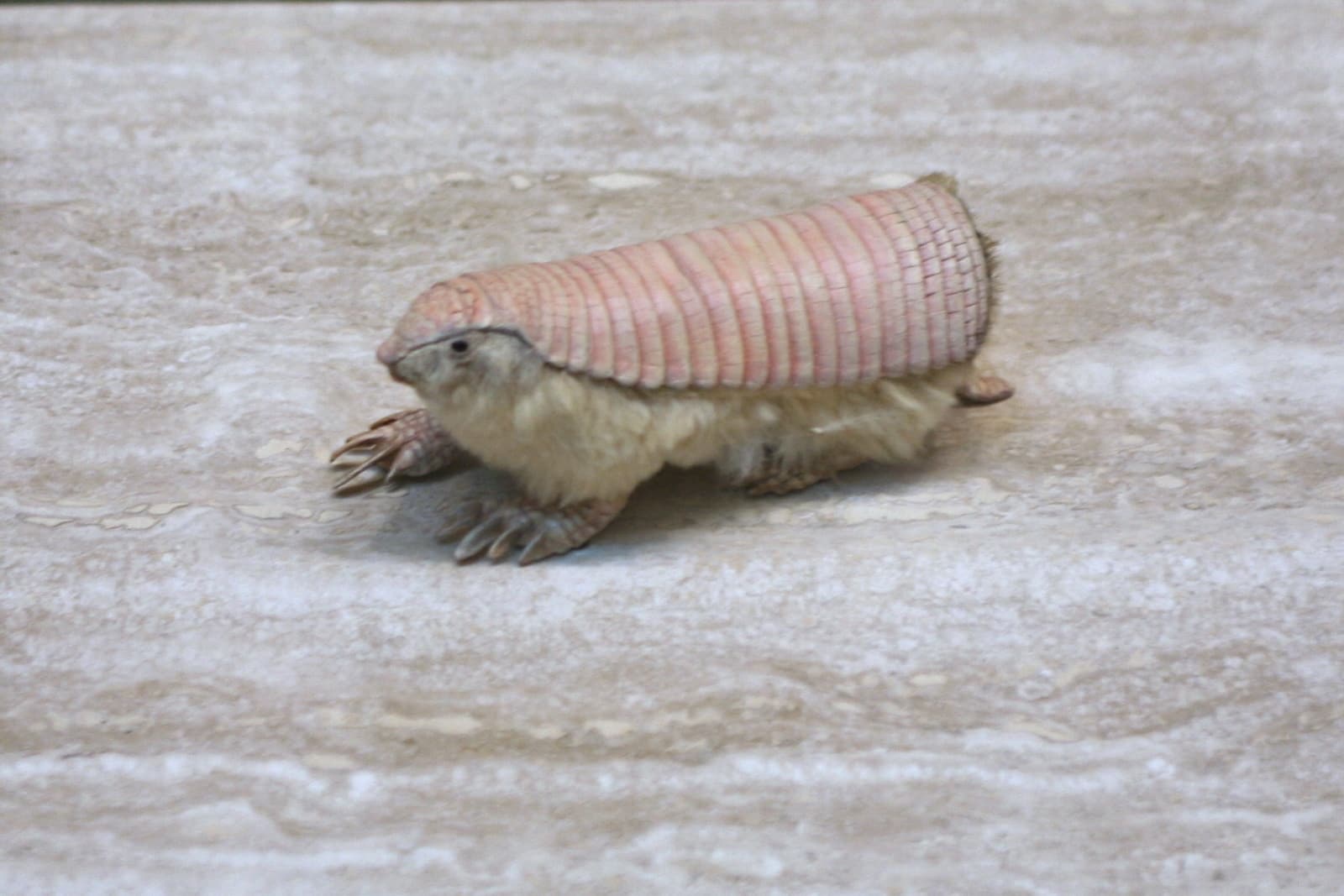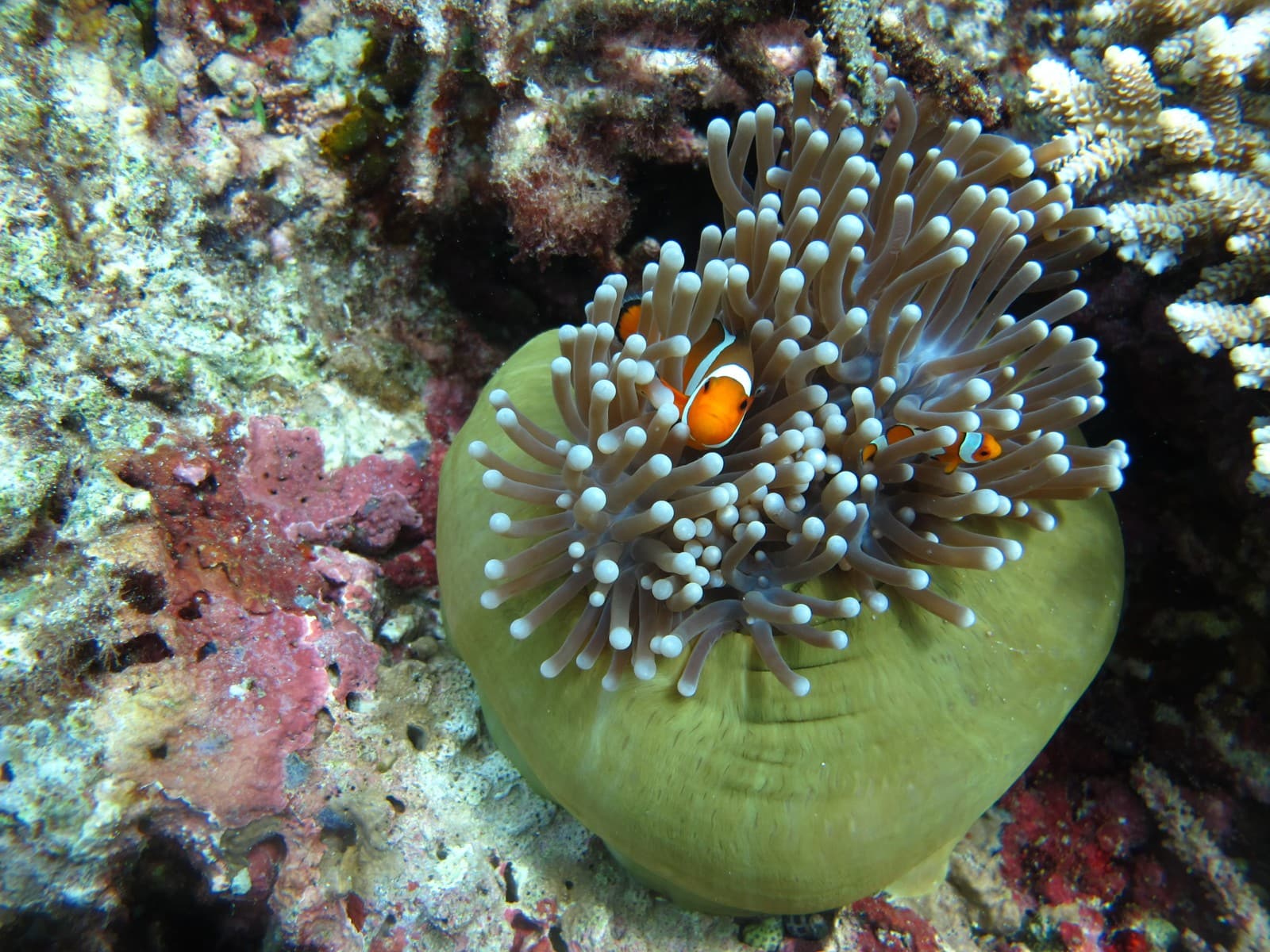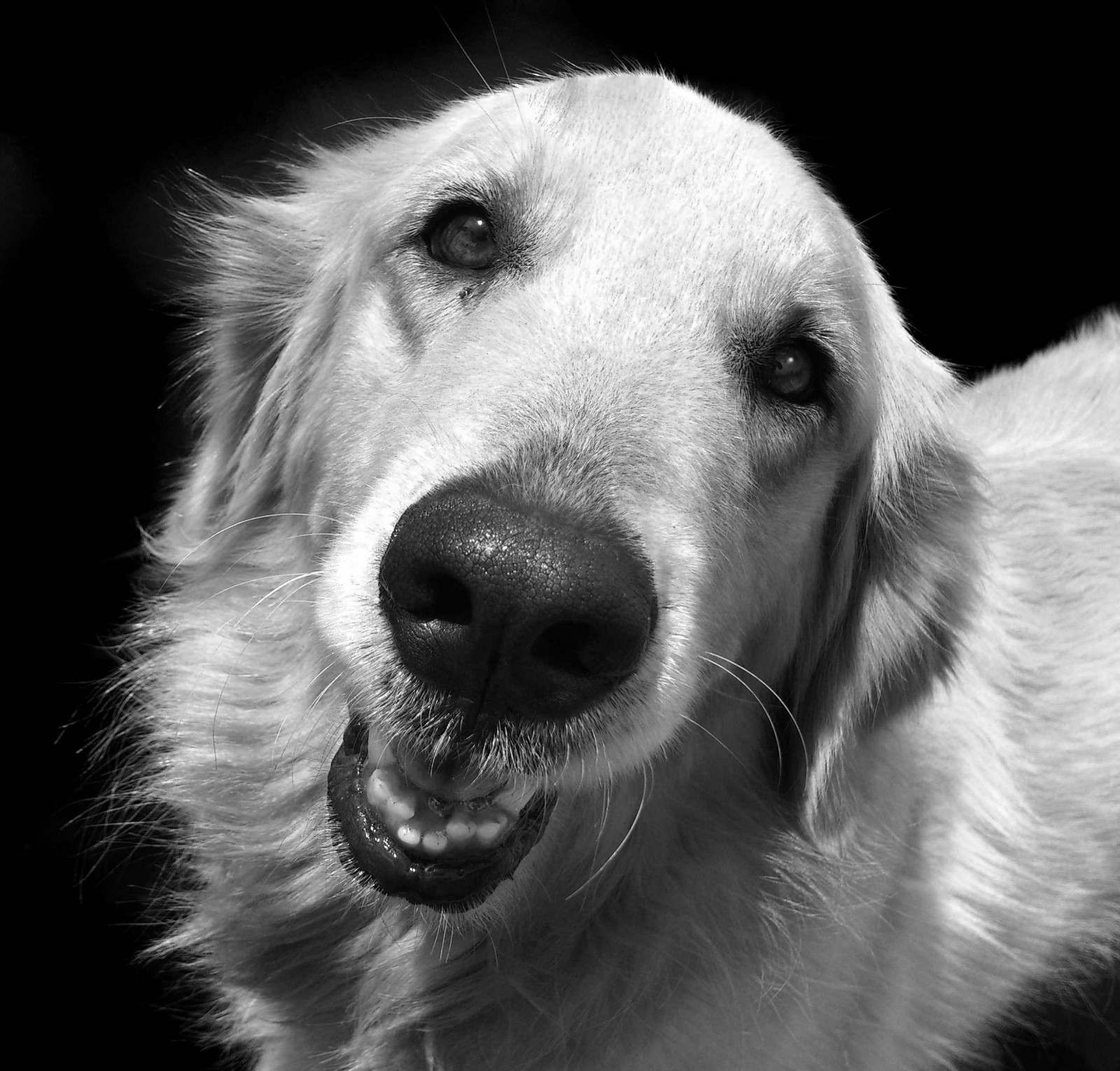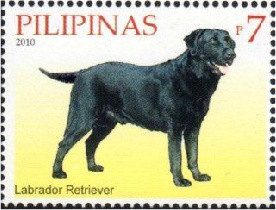Muskrat vs Beaver: A Complete Comparison
When comparing muskrat vs beaver, size offers the most immediate distinction. Beavers, North America’s largest rodents, weigh 40-70 pounds (18-32 kg), while muskrats typically reach only 2-4 pounds (0.9-1.8 kg). Despite both being semi-aquatic rodents inhabiting similar wetland environments, these cousins exhibit stark differences in their physical characteristics, behaviors, and ecological roles.
As a wildlife journalist who has spent countless hours observing both species, I’ve noticed that confusion often arises from their similar habitats and swimming patterns. However, their distinctive features become apparent once you know what to look for, from the beaver’s iconic flat tail to the muskrat’s rat-like appendage.
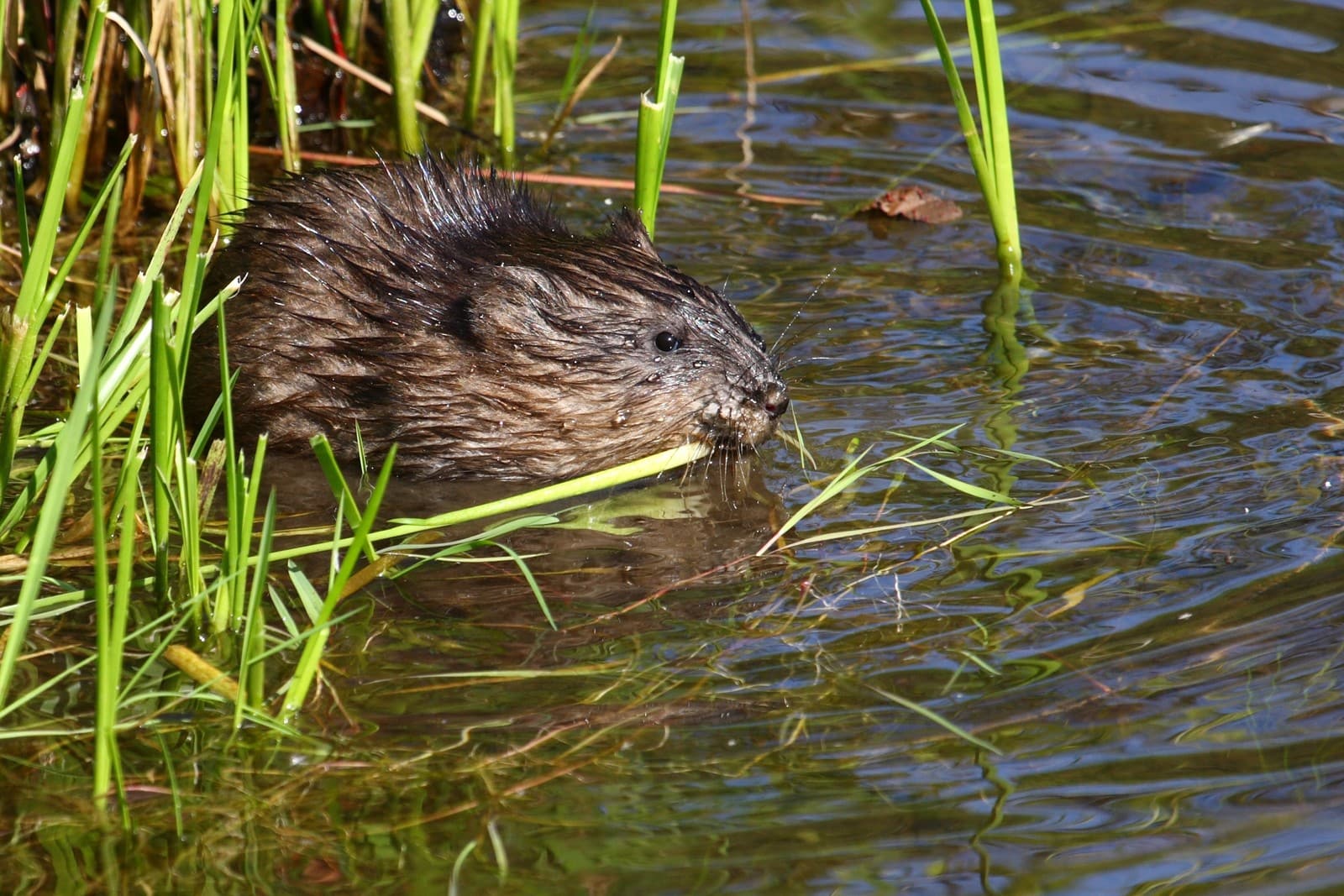
© Cephas / CC BY-SA 3.0
The muskrat’s sleek profile and smaller size make it well-adapted for navigating through dense marsh vegetation. Notice the rat-like tail, which helps distinguish it from its larger beaver cousin.
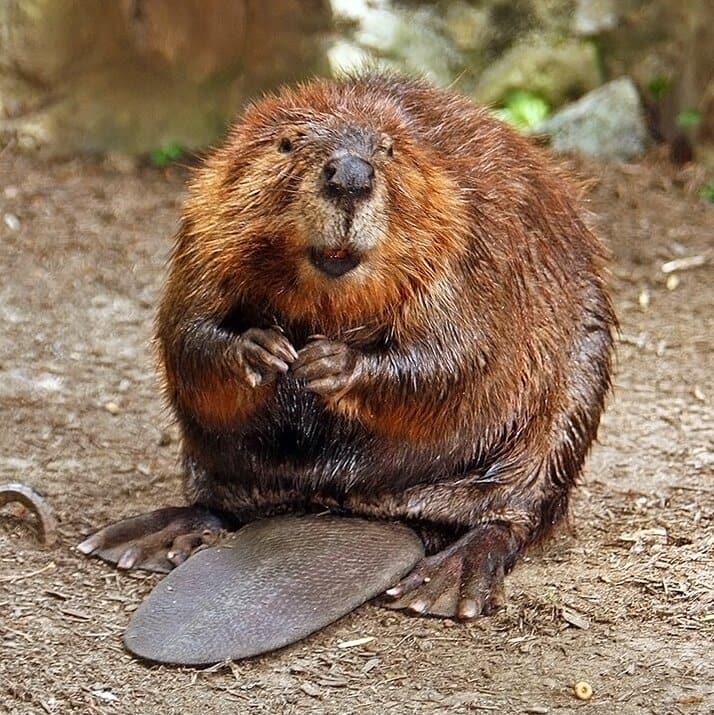
© Steve from Washington, DC, USA / CC BY-SA 2.0
The beaver’s distinctive paddle-shaped tail and robust body clearly set it apart from the muskrat. This powerful ecosystem engineer can dramatically alter its environment through dam-building activities.
Key Physical and Behavioral Differences
| Feature | Muskrat | Beaver |
|---|---|---|
| Size | 16-25 inches (40-63 cm) | 35-47 inches (89-119 cm) |
| Weight | 2-4 pounds (0.9-1.8 kg) | 40-70 pounds (18-32 kg) |
| Tail | Long, thin, rat-like | Broad, flat, paddle-shaped |
| Habitat Modification | Creates small burrows | Builds large dams and lodges |
| Diet | Mainly aquatic plants | Tree bark, leaves, aquatic vegetation |
| Lifespan | 2-3 years | 10-12 years |
Habitat and Engineering Capabilities
While both species are exceptional swimmers, their approach to habitat modification differs dramatically. Beavers are famous ecosystem engineers, constructing elaborate dams that can span hundreds of feet and create entire wetland ecosystems. Their lodges, built from carefully arranged branches and mud, can stand 6-8 feet (1.8-2.4 m) tall.
Muskrats, meanwhile, construct more modest dwellings. They either dig burrows into banks with underwater entrances or build smaller “push-ups” – dome-shaped structures made from vegetation that rarely exceed 3 feet (0.9 m) in height.
Diet and Feeding Habits
The dietary preferences of these rodents reflect their size differences. Muskrats primarily consume aquatic vegetation, including cattails, water lilies, and rushes. They occasionally eat small animals like crayfish but rarely impact woody vegetation.
Beavers require more substantial fare, with a diet centered around tree bark and cambium layer. They famously fell trees up to 16 inches (40 cm) in diameter and can consume 2-4 pounds (0.9-1.8 kg) of bark daily. This behavior significantly impacts forest composition and creates diverse wildlife habitats.
Who Would Win in a Confrontation?
While direct confrontations are rare, beavers would dominate any potential conflict due to their superior size and powerful incisors. Adult beavers weigh roughly 20 times more than muskrats and possess significantly stronger jaw muscles. However, these generally peaceful animals typically avoid confrontation, preferring to maintain separate territories.
Conservation Status and Human Impact
Both species have demonstrated remarkable resilience despite historical fur trapping and habitat loss. Beaver populations have rebounded from near-extinction in many areas, while muskrats remain abundant across their range. However, both face ongoing challenges from wetland drainage and climate change impacts on their aquatic habitats.
Understanding the distinctions between muskrat vs beaver helps appreciate their unique roles in wetland ecosystems. While beavers act as ecosystem engineers creating new habitats, muskrats serve as important indicators of wetland health, each contributing to biodiversity in their own way.
